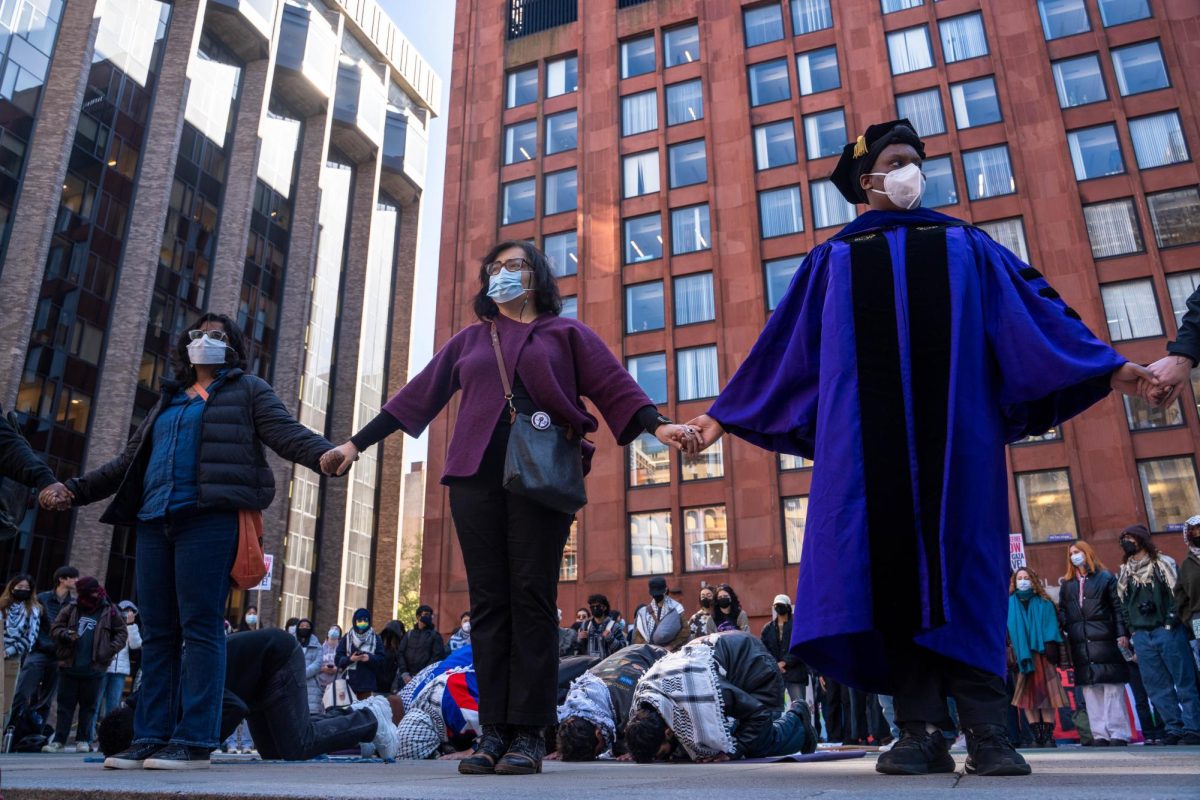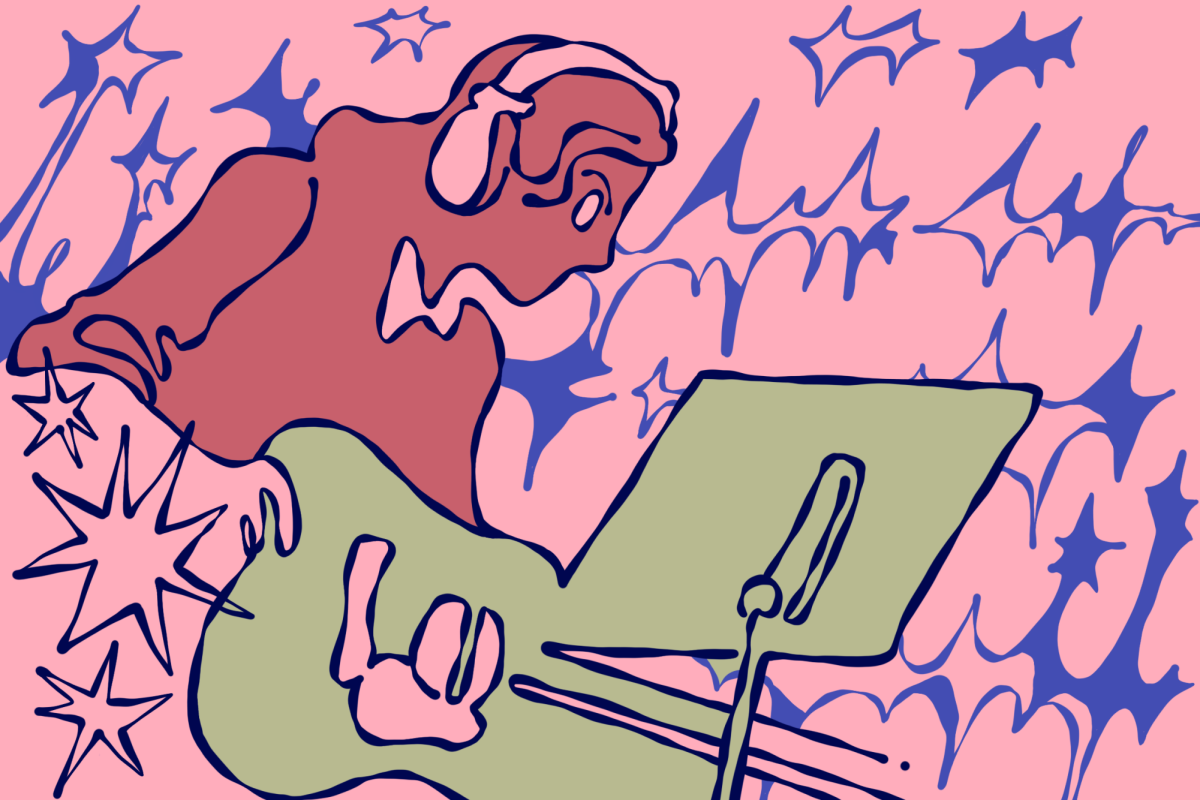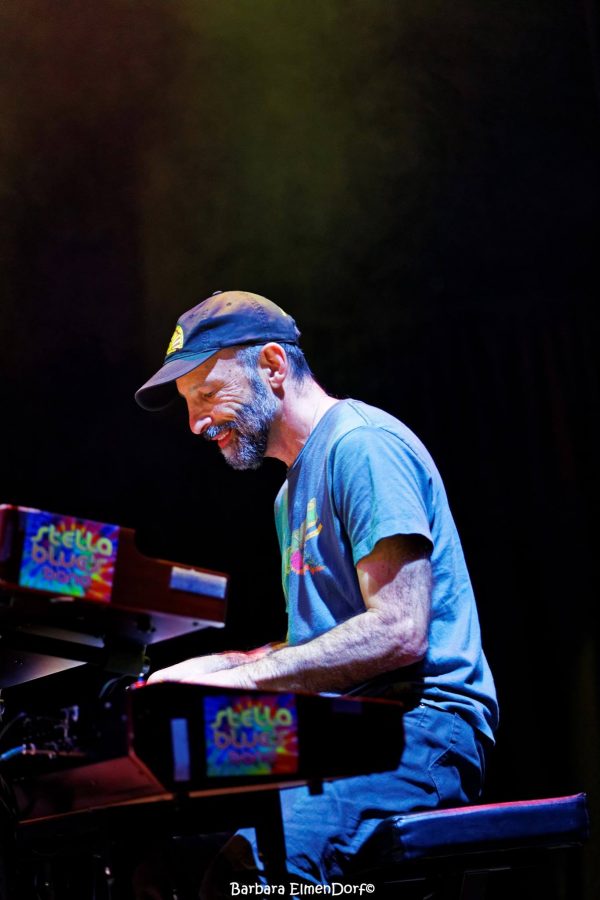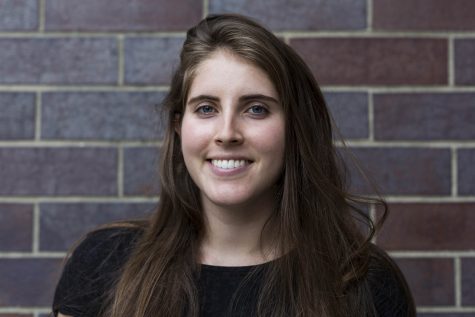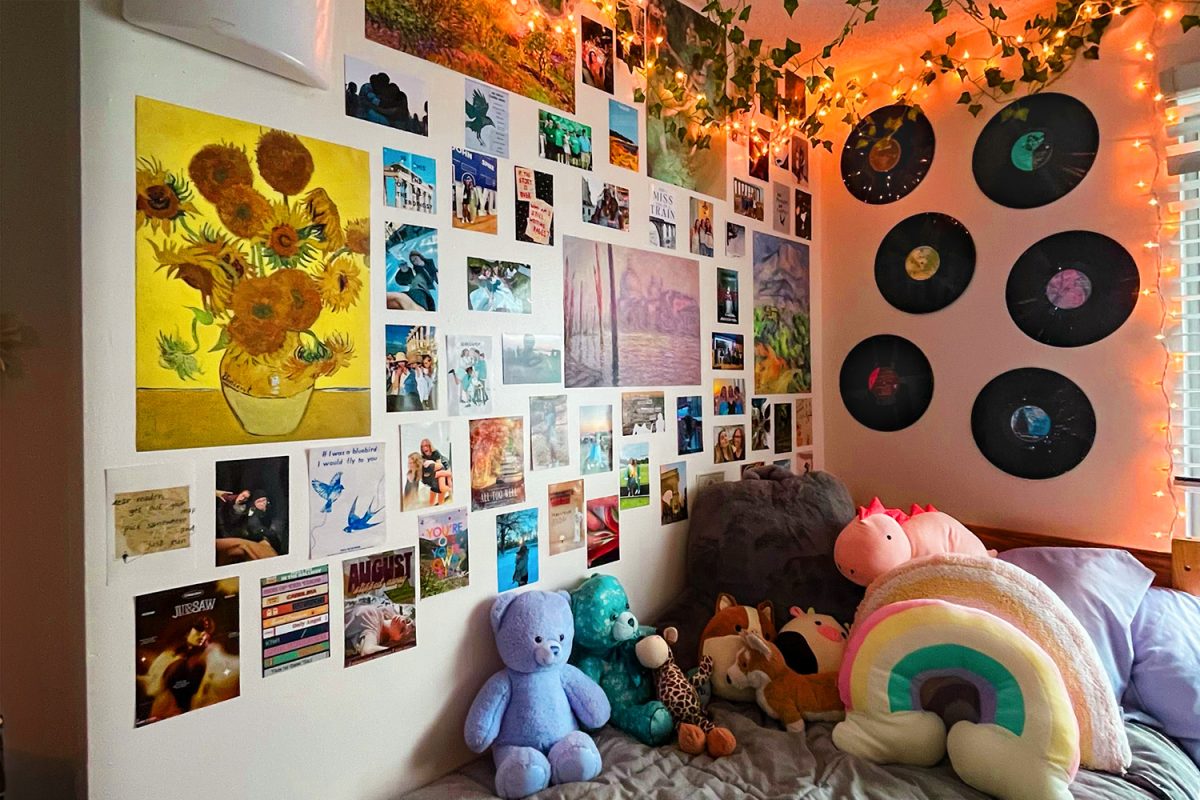Healing with the Dead
NYU professor Ken Aigen plays the keyboard with his Grateful Dead cover band. Aigen teaches music therapy at the Steinhardt School of Culture, Education and Human Development.
February 13, 2017
As an NYU professor by day and keyboardist for a Grateful Dead cover band by night, Ken Aigen is living a life inspired by the Dead.
Aigen is an associate professor who teaches music therapy classes for masters and doctorate students at Steinhardt. Although he does little clinical work now, he spent a large part of his career working at NYU’s Nordoff-Robbins Center for Music Therapy. Working predominantly with children on the autism spectrum, Aigen practices the Nordoff-Robbins approach. He helps them create their own music while playing along with them. His improvisational approach creates an impression of the child through sound.
“It’s like making a portrait of somebody,” Aigen said. “But instead of a visual portrait, it’s an auditory one.”
Aigen provides a communicative medium —particularly for those on the spectrum who are nonverbal. Through music, he helps them out of their isolated worlds. Practicing musical therapy has instilled his belief that, music can sometimes be the only way to help someone.
“Sometimes all you can offer someone is music,” Aigen said. “Sometimes music is the only thing that people can let in when they are in a difficult situation.”
But Aigen would not have connected so intensely with this field without the help of the Grateful Dead, who primed him for this profession and gave him his own music therapy.
Aigen’s love for the Dead began in 1972, when he was 16 years old.
“I soon realized that the experience that people had at their concerts was unlike anything I’d ever seen,” he said. “It was a completely transformative experience. There was a feeling of camaraderie and connection with everybody else in the audience.”
The Dead’s explorative winding solos, spacey drums and steadfast focus on live performances drawing on the emotion of the moment invented a new genre of music during their rise to popularity in the 1970s. Their style opened Aigen up to the idea of musical improvisation as a metamorphic, transcendent force in people’s lives. It showed him how music can be not just a release but also a path towards personal transformation and growth.
After almost a decade of Deadhead devotion, Aigen discovered music therapy in 1981, and his professional career began. But his devotion to the Dead’s music never stopped.
In 2008, after his kids grew up and the Internet became a hub for jam-band musicians to connect, he found his current band on Craigslist and rock-and-roll resurfaced in his life. Under the name Stella Blue’s Band, the band started rehearsing in a garage, and everything clicked.
“You could just feel this electricity in the music,” Aigen said. “And all of us could feel it — that we were really getting good as an ensemble.”
Now, with the love and support of Grateful Deadheads all around New York, their homebase is Garcia’s, a 250-capacity club connected to the Capitol Theatre in Port Chester. Aigen believes his band captures the feeling, essence and energy of the Dead’s music.
“You feel it’s real, it’s happening, it’s not a canned product, ” Aigen said. “The music just gets inside you. There’s never too much.”
Stella Blue’s Band keeps the legacy, the intense light and energy of the Grateful Dead alive. As a keyboardist, Aigen lives out his Deadhead dream, playing eccentric songs that don’t sound like anything else in the world. And as a professor, he is also helping others to unlock the healing powers of music.
A version of this article appeared in the Monday, Feb. 13 print edition. Email Gilchrist Green at [email protected].


